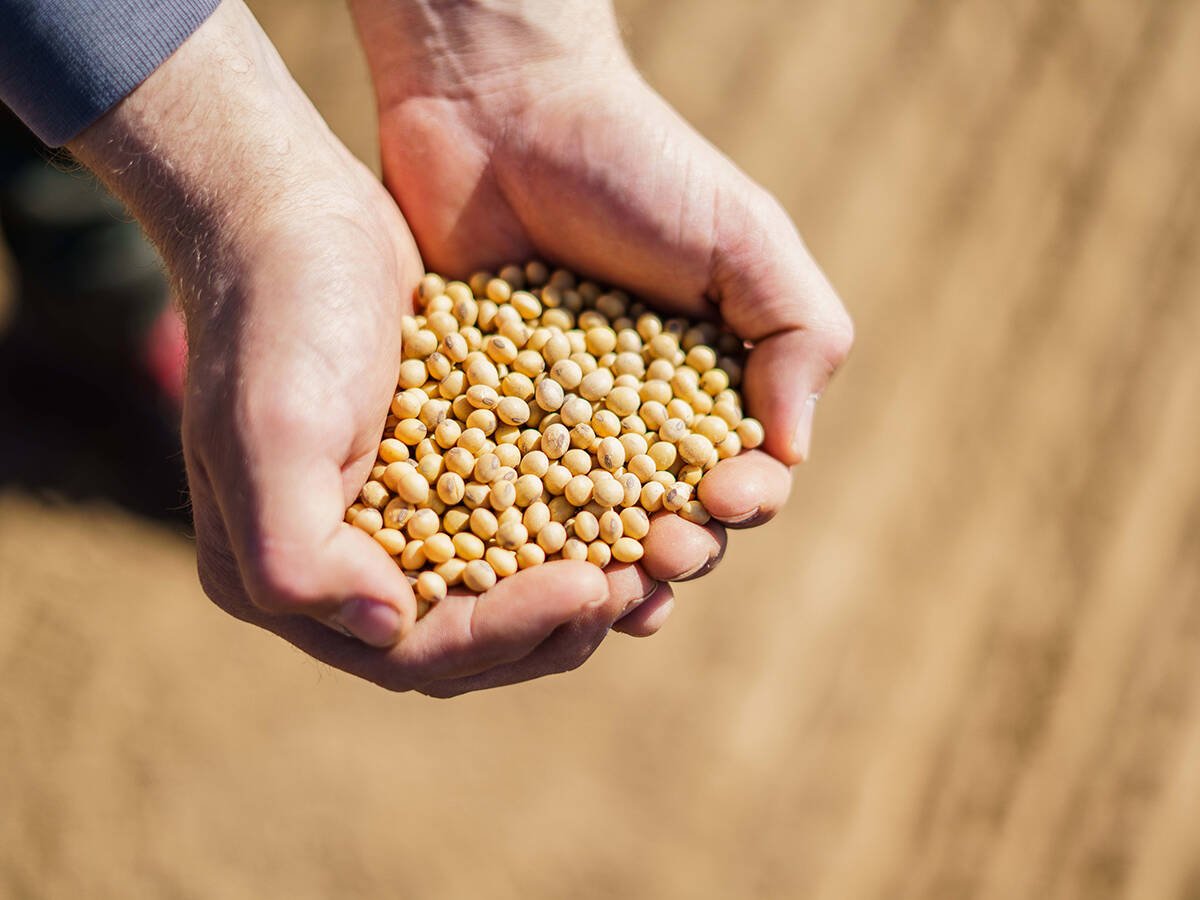‘The sky’s the limit’ | $17 million, 60,000 sq. foot facility in Brooks, Alta., is suited for both large and small scale projects
BROOKS, Alta. — Pat Cote has famous hands.
She has worked at Alberta Agriculture’s Crop Development Centre in Brooks for about 20 years and her hands have appeared in numerous photos for brochures, reports and the media.
Cote is now putting her hands to the task of monitoring operations in a new $17 million, 60,000 sq. foot facility that is one of a kind in Canada.
“This has got all the bells and whistles,” said Cote during a May 1 tour of the greenhouse research and production complex, which opened in March.
Read Also

U.S. government investigates high input costs
The USDA and DOJ are investigating high input costs, but nothing is happening in Canada.
“The sky’s the limit. When you’ve got a place like this, you can do almost anything.”
Ron Howard, plant pathology research scientist and a former director of CDC Brooks, said the complex was long awaited and welcome. It includes 10 greenhouse rooms and almost an acre of commercial greenhouse research space.
“We have both small-scale research capacity in the glass house and then we have commercial capabilities in the one-acre side,” said Howard.
“When it was designed, we wanted that capability to demonstrate technology on a scale that growers could relate to, and determine whether it would fit their circumstances.”
That is one of the major advantages of the new facility, said Lyle Aleman, general manager of Red Hat Co-operatives, which collects and markets greenhouse produce for southern Alberta growers.
“In the past, research was done in a smaller compartment. The way a crop behaves or the attention it gets, it’s not very relative to an acre or five acres of greenhouse production,” he said. “For that reason alone, it’s a benefit to our growers because it takes the risk away from adopting that new technology.”
The 10 smaller research greenhouse rooms are each equipped with precise environmental controls governing light, temperature, humidity and other factors. Two of the chambers have high intensity light for crops that require it and one is a bio-containment unit for crop disease and insect work.
“It’s only a level 2 biosecurity, which is considered on the low end of things, but for us it represents a great improvement over what we had previously,” said Howard.
Cote, who is greenhouse operations lead at the centre, begins tours with a look at the intricate Argus computer system that makes up the brains of an operation capable of managing variables and delivering specific amounts of water, light, fertilizer or whatever is required for specific research projects.
“This is probably one of the most complex systems that you’ll ever see anywhere,” she said.
Though construction was completed in July 2010, researchers and managers continue to familiarize themselves with the facility and its capacities.
Several research bays await projects, and Howard thinks they will come, from both government and private sources.
“We’d like to see a variety of projects going on here and I think that will come with time. I think we need to get the word out that we’re here, we’re open for business, so to speak.”
Red Hat Co-op has research under way on the commercial greenhouse side.
It is exploring winter production of tomatoes and peppers under lights, and also comparing production under glass versus double-poly plastic.
Aleman said commercial greenhouse operators grow cucumbers under lights all year round, but they now want to consider growing tomatoes and peppers in winter to supply Canadian markets and reduce the need for imported product.
Cote said all produce from this research is returned to Red Hat for commercial sale.
For that reason, the complex complies with all food safety regulations.
“We designed this whole place with food safety in mind,” said Cote.
“It’s a bit of a showpiece that way, too. And if you go to Costco, you probably are having some of our tomatoes.”
Biosecurity is also part of any visit, with antiseptic mats in front of every door and a requirement to don a new lab coat before entry in every greenhouse to prevent cross-contamination that could affect the plants or the research.
Cote said bees do the tomato pollination and predator insects are used where possible to combat greenhouse pests. Biological controls are preferred, but sometimes chemicals are the answer.
“It’s a working greenhouse. We deal with the same stuff as anybody does,” she said.
“There’s new bugs all the time. There’s new diseases. There’s always something.”
The complex replaced greenhouses built in the 1960s and 1970s. In the early 2000s, about one-third of them were condemned because they were unsafe.
This state-of-the-art facility, built with energy conservation attributes including energy efficient boilers and rain water capture from the sizable roof, is a major contrast to the old greenhouses.
“We see the new greenhouse complex as a resource for agricultural research within and outside Alberta,” said Howard.
“There’s no other facility in Canada like this one at the present time in terms of its capabilities.”
Other Canadian greenhouse research is mostly done at federal facilities in Aggasiz, B.C., and Harrow, Ont. Howard said Brooks now takes its place on the list.
“There certainly was a lot of anticipation of this facility coming on stream amongst the Canadian greenhouse industry.”
Aleman agreed, saying the commercial-scale research gives growers confidence in the results.
“Before, there was always that feeling that the research (in former Brooks facilities) was discounted somewhat because people would say they only did it on five plants.”















